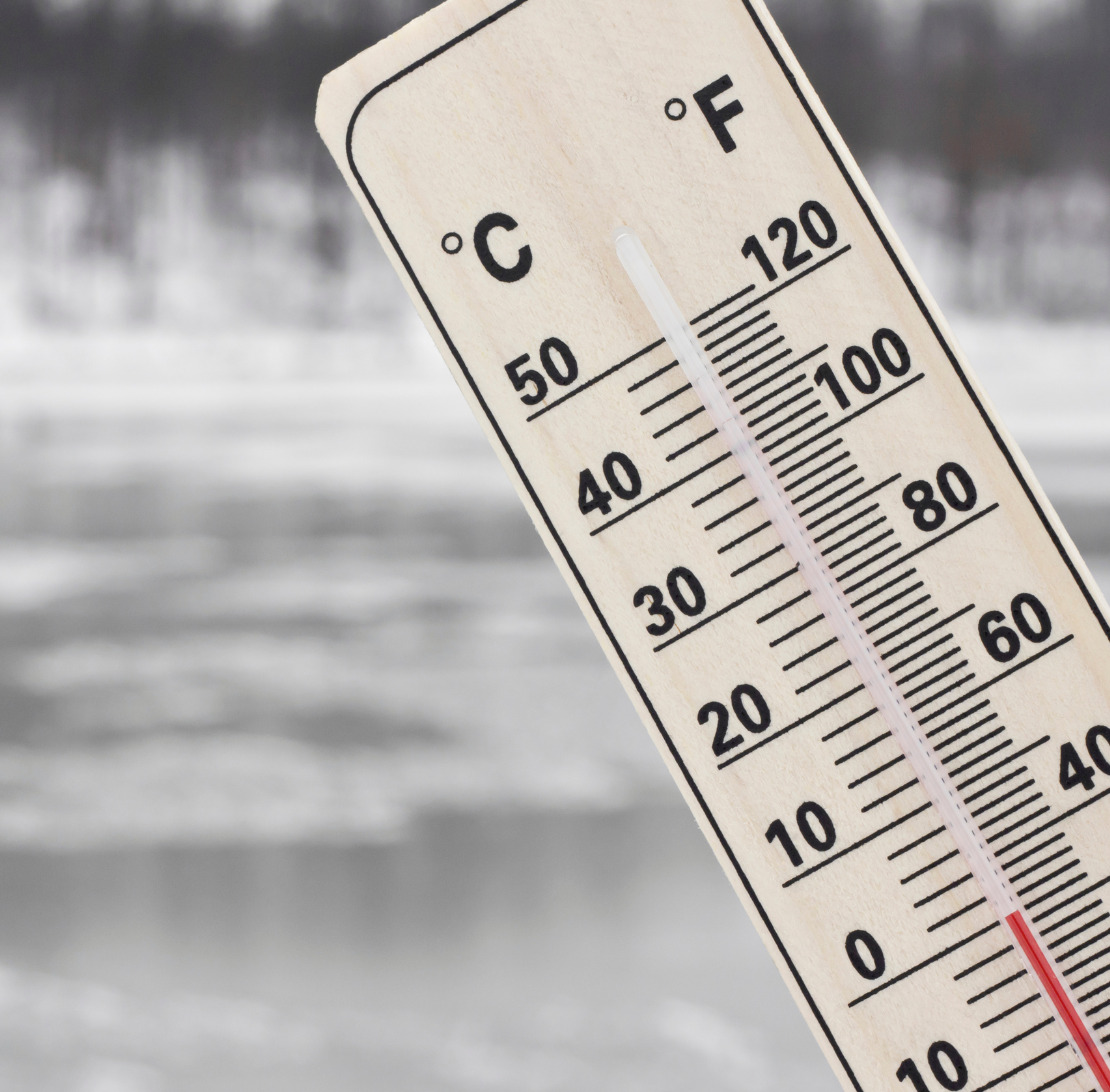Water safety
If you have no water it could be that your water pipes are frozen due to the current cold weather.
Before calling our contact centre you can take the following steps to find the problem:
- Turn off the stop tap by turning it clockwise, it’s usually found under your kitchen sink.
- Once you’ve turned your stop tap off, turn on your cold tap in the kitchen.
- If you have no water, this could be due to a frozen pipe somewhere in your home. This may be the pipe which comes into your home near to where your stop tap is located.
- If that pipe is frozen carefully thaw the pipe using a warm towel. Or if you have access to fill a hot water bottle. This could take a while, depending on how frozen and big your pipes are.
- Don’t use a blow torch or any kind of naked flame to try and thaw the pipe, as this could cause more damage.
- Switch your stop tap back on to see if the water is running and check for any burst pipes in your home.
- If you do have burst pipe when you turn the water back turn the water off so that you don’t have any flooding or additional damage and call us.
- If your water doesn’t come back on then call us and report it.


Water can sometimes contain harmful bacteria called Legionella. Keeping your water supply fresh stops this bacteria from building up and causing the illness Legionnaires’ disease.
Legionella and Legionnaires’ disease
Legionella is a type of bacteria that lives in natural water systems like rivers and ponds. However, people rarely catch the disease from these sources. Outbreaks of the illness usually occur from exposure to Legionella growing in home water systems.
This bacteria can cause the potentially fatal disease called Legionnaires’. Legionnaires’ is a form of pneumonia and is caused by inhaling small drops of water contaminated with the bacteria. Older people or those with other health conditions are more at risk.

What can I do?
While the risk of Legionella in your water supply is minimal, it is still a good idea to take a few simple steps to refresh your water supply:
-
Cleaning your showerhead and hose every three months will help prevent the build-up of bacteria. Every three months, or when they seem blocked, they should be dismantled and descaled using a domestic cleaner. Bleach is also OK to use.
Place the showerhead and hose in a container with the cleaner and water, letting it soak for 10 minutes. Afterwards, rinse the showerhead and hose, wiping off any limescale with a small soft brush such as an old nail brush. Reassemble the showerhead and hose and let the shower run for two minutes before use.
-
If your taps, basins, baths and showers do not get used at least once a week, run them for two minutes before using them again. External taps should also be run weekly.
When running your shower, put the showerhead in the bath and cover it with a pierced carrier bag or sock. This will prevent any water droplets getting into the air.
-
Your boiler or immersion heater should stay at a minimum of 60°C. If your hot water system is not heating to 60°C or you think there may a fault, let us know.
Make sure the thermostat on your hot water system is also 60°C but remember to be careful when running the hot taps to avoid scalding.
-
Toilets that have not been used in seven days should be flushed with the lid closed.
-
If you use a home humidifier that works by producing a mist, remember to use bottled water and give it a weekly water change and clean.
-
Completely drain garden hoses after use and avoid sprinklers that produce a fine mist.
If your plant spray has been sitting for a while, change the water before using it.
-
If you have been away from your home for more than two weeks or have just moved in, before using anything do a quick check. Make sure you run all your taps and water outlets for two minutes and flush your toilet twice, with the lid closed.


